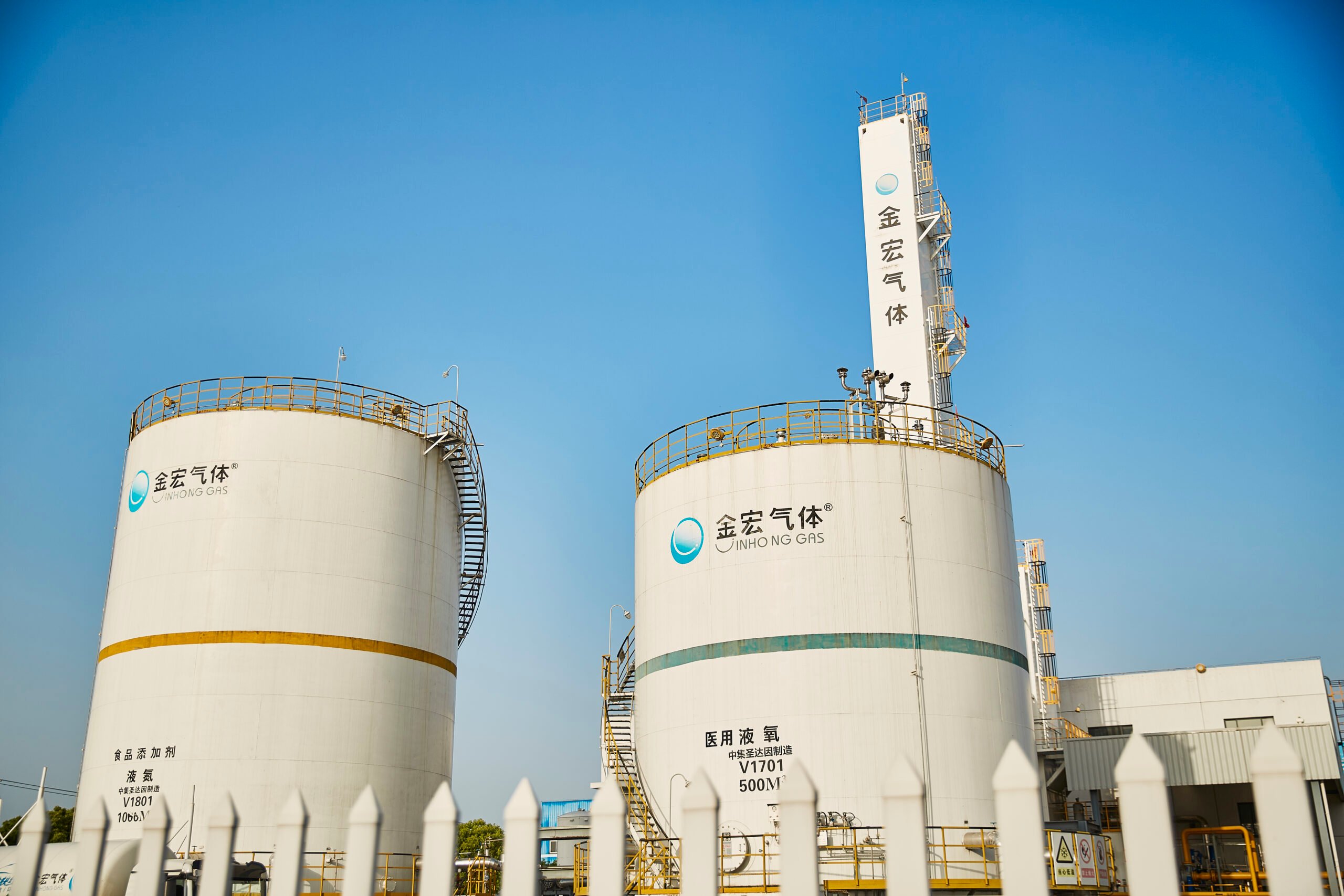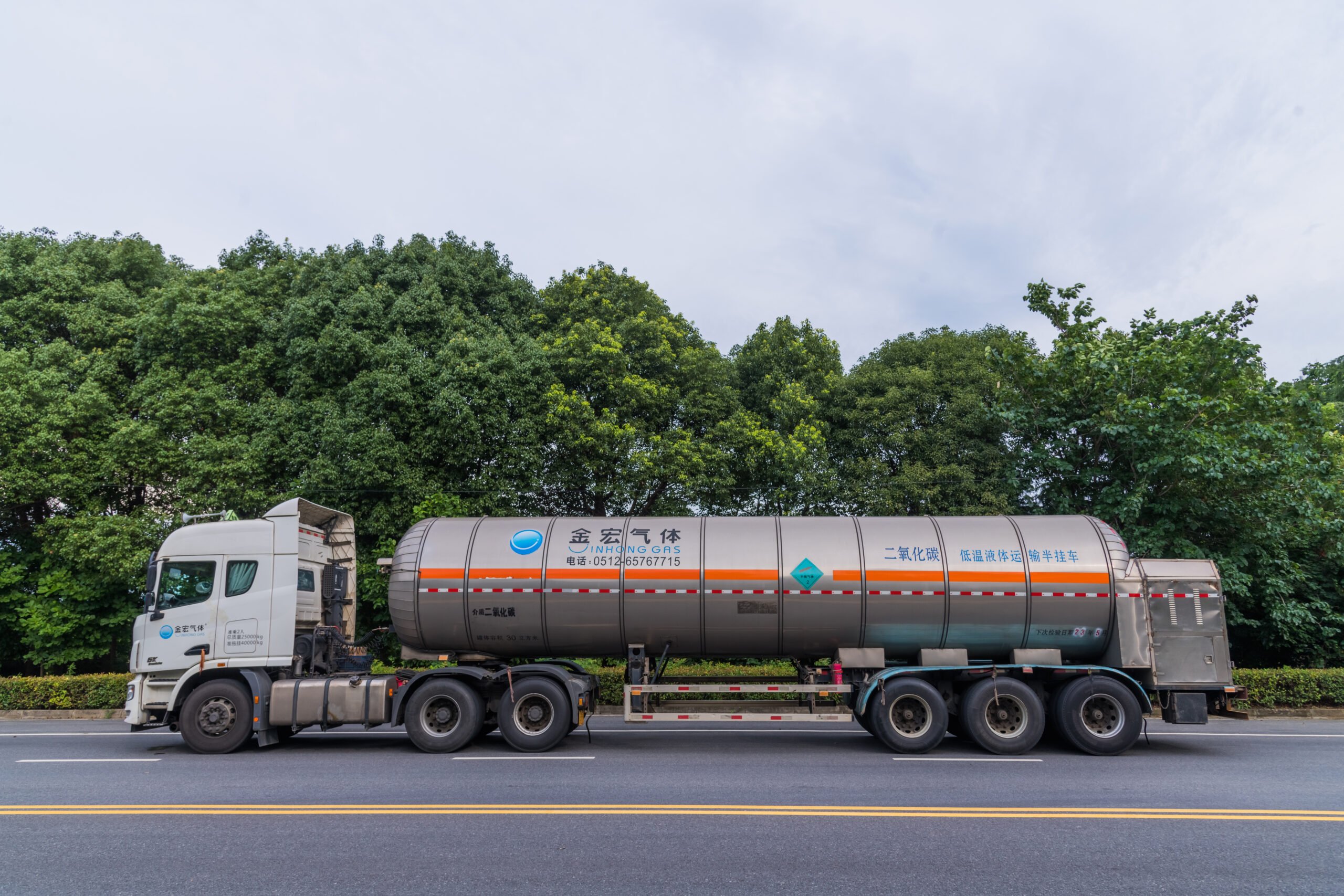Summary: Argon is heavier than nitrogen because argon has a larger molecular weight, and argon is more inert than nitrogen, so argon-filled welding has a wider application range than nitrogen-filled shielded welding.
Nitrogen:
Elemental nitrogen is a colorless and odorless gas under normal conditions, and the gas density under standard conditions is 1.25g·dm-3. Nitrogen turns into a colorless liquid when cooled to -195.8°C under standard atmospheric pressure, , when cooled to -209.86°C, it turns into a snow-like solid.
The solubility of nitrogen in water is very small. At normal temperature and pressure, only about 0.02 volume of nitrogen is dissolved in 1 volume of water. It is a gas that is difficult to liquefy. The solubility of nitrogen in water is very low. At 283K, one volume of water can dissolve about 0.02 volume of nitrogen. Nitrogen will liquefy into white liquid at extremely low temperature, and will form a white crystalline solid when the temperature is further lowered. Usually the nitrogen supplied on the market is stored in black gas bottles.
Nitrogen is mainly used in the synthesis of ammonia, and in the manufacture of fertilizers, nitric acid, and explosives. Ammonia is also an important raw material for synthetic fibers (nylon, acrylic), synthetic resins, and synthetic rubber. Due to the chemical nature of nitrogen, it is often used as a protective gas to prevent certain objects from being oxidized by oxygen when exposed to the air. Filling the granary with nitrogen can prevent the grain from becoming moldy or germinating, and can be stored for a long time. Liquid ammonia can also be used as a deep cryogen.
Argon:
Argon is a single-atom chemically inactive gas. It does not react with other elements or compounds. Argon is stable because all its electrons are perfectly paired and there are no bonding orbitals.
Argon is a rare gas widely used in industry. It is very inactive in nature, neither burning nor supporting combustion. In aircraft manufacturing, shipbuilding, atomic energy industry and machinery industry, when welding special metals such as aluminum, magnesium, copper and its alloys and stainless steel, argon is often used as a welding shielding gas to prevent the welded parts from being oxidized or nitrided by air.
In terms of metal smelting, oxygen and argon blowing are important measures to produce high-quality steel, and the consumption of argon gas per 1 ton of steel smelting is 1-3m3. In addition, the smelting of special metals such as titanium, zirconium, and germanium, as well as the electronics industry also need to use argon as a protective gas.
The content of argon accounts for about 0.932% in the air, the boiling point is between oxygen and nitrogen, and the content in the middle of the upper tower of the air separation unit is the highest. While separating oxygen and nitrogen, the argon fraction is extracted for further separation and purification, and argon by-products can also be obtained. For full low-pressure air separation units, generally 30% to 35% of argon in the process air can be obtained as a product (the latest process can increase the extraction rate of argon to more than 80%); For the mid -pressure air division device. The extraction rate of the argon can reach about 60% due to the expansion air into the tower, which will not affect the distillation process of the upper tower. However, the total amount of processed air in small air separation units is small, and the amount of argon that can be produced is limited. Whether it is necessary to configure an argon extraction device depends on the specific situation.
Argon gas is an inert gas and has no direct harm to the human body. However, the use of argon in industry will produce waste gas that is very harmful to the human body, causing silicosis and eye damage.
Although it is an inert gas, it is also an asphyxiating gas, and inhalation of large amounts will cause asphyxiation. The production site should be ventilated, and the technicians engaged in argon gas need regular occupational disease medical examinations every year to ensure their health.
Although it is an inert gas, it is also an asphyxiating gas, and inhalation of large amounts will cause asphyxiation. The production site should be ventilated, and the technicians engaged in argon gas need regular occupational disease medical examinations every year to ensure their health.
High-purity argon is more inert than high-purity nitrogen. High-purity argon is required when metal or metal organic compounds react with nitrogen, such as the related reactions of metallic lithium. Nitrogen can also be used in place of argon as long as the reactants or products do not react with nitrogen.



